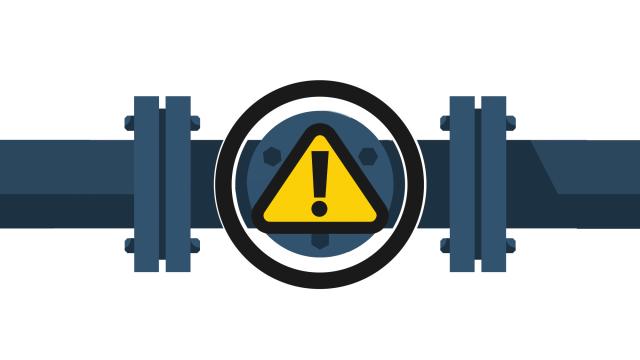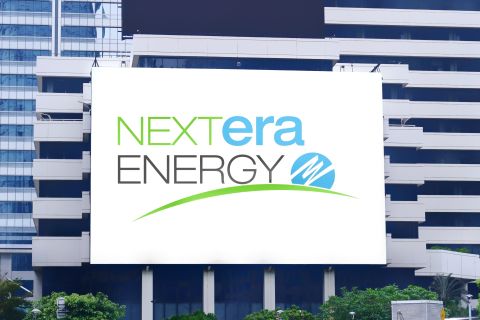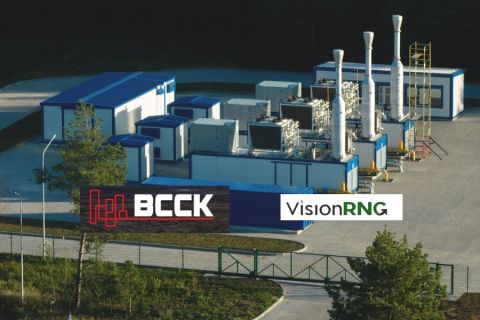
The pipeline risk management environment is evolving. (Source: Hart Energy; Hvostik, FixiPixi_Design_Studio/Shutterstock.com)
Pipeline safety and the commitment of the oil and gas industry to safely deliver its products is not new—it is at the core of how business is done every day.
Effective pipeline safety compliance involves the management and maintenance of the assets that are critical to our energy infrastructure while integrating stakeholders in the process. Learning from the past and the impact of that knowledge with regard to changing regulations continues to shape operations.
Risk management, too, evolves, and requires the integration of additional data sources, all of which must be verifiable, traceable and complete. This data drives decisions, tracking, learning and continuous improvement. Understanding the data from source to end-user is essential to reducing risk, increasing safety and maintaining compliance.
People define and implement the processes that define the programs (who, what, when, how and why) for safe operations. Data tells the story and provides the footprint of the assets.
Assessments involve collaboration with subject matter experts (SMEs)/leaders, provide a valuable tool in addressing current regulations, planning for what is to come, and are a valuable part of the Plan-Do-Check-Act model that is central to the industry’s commitment to safety management systems.
Assessments provide a baseline for where current pipeline safety programs are today and identify opportunities to improve existing programs to meet new requirements and lay out a plan to drive that improvement forward.
Not all assessments, or operator programs, are created equal. It is not a check-the-box without context—that would provide limited value because your path to improvement is unidentified. The incorporation of history is essential as it builds on the success of years of pipeline safety compliance. The resolution of opportunities to improve, or gaps, allows for potential systemic and operational inefficiencies to be identified and improvements realized, thereby managing risk at the source, and integrating “connected” programs.
Stakeholder engagement—internally and externally—allows for a strong system of communication to ensure the who, what, when and why of pipeline operations are shared. Management of change is at the core of ensuring improvements are effectively incorporated and managed, enabling continued safe operations.
The current requirements of Section 113 and 114 of the PIPES Act that focus on eliminating hazardous leaks and minimizing releases from natural gas and liquid pipeline facilities provides an example of how an assessment, when used properly, provides value.
It requires an evaluation of intentional and unintentional emissions, evaluation of identified pipe materials, leak technologies, and other key leak management elements. An assessment to evaluate all the connected programs that currently manage related programs provides the base for an identification of gaps to improve and plan for effective management of this requirement.
Pipeline safety is a continuous journey with commitment to all stakeholders and safe operations. History provides the knowledge to further advance in the path of continuous improvement. Incorporating assessments as tools to improve programs, addressing regulatory changes and planning for future needs provides operators with a valuable tool in improved operations.
Mary Campos is vice president, strategic operations at EXP.
Recommended Reading
Solar Panel Tariff, AD/CVD Speculation No Concern for NextEra
2024-04-24 - NextEra Energy CEO John Ketchum addressed speculation regarding solar panel tariffs and antidumping and countervailing duties on its latest earnings call.
NextEra Energy Dials Up Solar as Power Demand Grows
2024-04-23 - NextEra’s renewable energy arm added about 2,765 megawatts to its backlog in first-quarter 2024, marking its second-best quarter for renewables — and the best for solar and storage origination.
BCCK, Vision RNG Enter Clean Energy Partnership
2024-04-23 - BCCK will deliver two of its NiTech Single Tower Nitrogen Rejection Units (NRU) and amine systems to Vision RNG’s landfill gas processing sites in Seneca and Perry counties, Ohio.
Clean Energy Begins Operations at South Dakota RNG Facility
2024-04-23 - Clean Energy Fuels’ $26 million South Dakota RNG facility will supply fuel to commercial users such as UPS and Amazon.
Romito: Net Zero’s Costly Consequences, and Industry’s ‘Silver Bullet’
2024-04-22 - Decarbonization is generally considered a reasonable goal when presented within the context of a trend, as opposed to a regulatory absolute.





